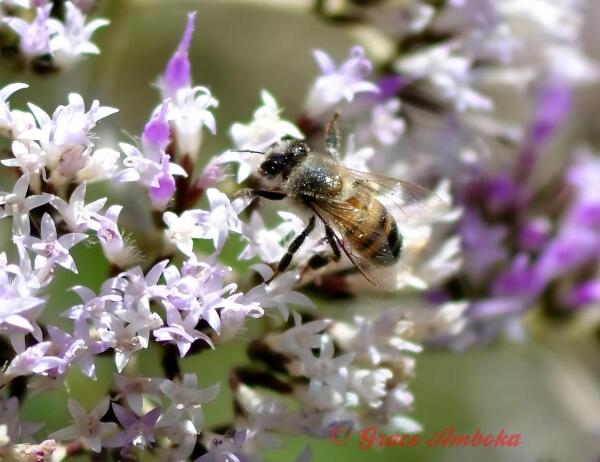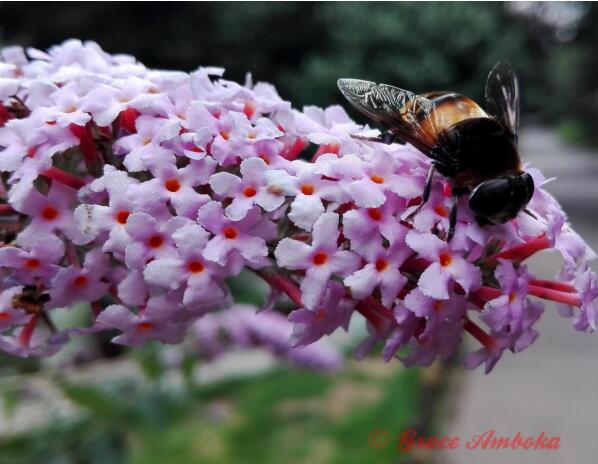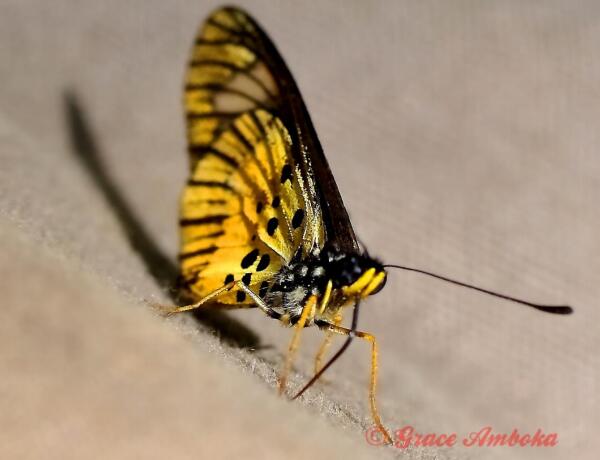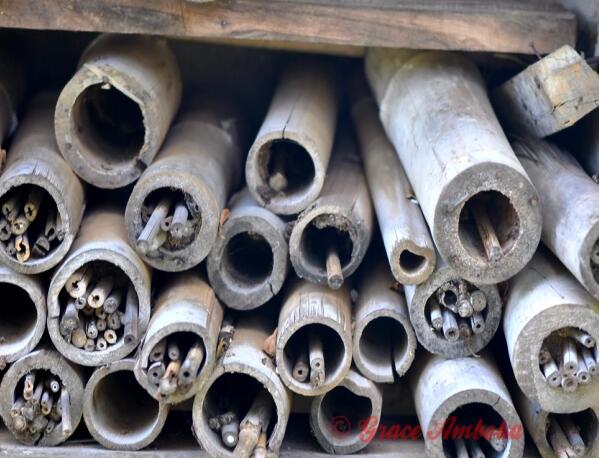Bees, Butterflies and other Pollinators. Are we forgetting them?
2021-10-29
Pollination and pollinators is not a new topic to many because it has been all around us for years. What is pollination? What are pollinators? What insects are pollinators? Are pollinators important to us?
"If the bees disappear, we will all be stung”~ David Suzuki
Well, these words sting at least for me. It is my wish that this article will mirror the importance of pollinators in our environment and the severity of their lack thereof.

What is pollination and who are the pollinators?
Pollination is the process of transferring pollen from the anther of one flower to the stigma of another flower either in the same plant or different plants but of the same species with the intention of fertilizing seeds of the second flower. Majority of flowering plants rely on pollination in order to set seed. If not self-pollinated, most plants rely on agents of pollination such as wind, water, and animals. Pollination fortifies seed production ensuring continuity of future generations, in addition to providing critical food resources for animals in the form of fruits and seeds. Common pollinator species include bees, butterflies, wasps, flies, beetles, birds, bats, and other larger animals.

Why are pollinator populations declining in number?
In recent years, both wild and managed insect pollinator population have shown a declining pattern. Several anthropogenic and environmental factors have been linked to the decline. It is believed that habitat loss and habitat fragmentation, global climate change, the emergence of invasive species, and agricultural intensification prompting excessive use of pesticides and herbicides has contributed to the global pollinator crisis. Pollinator decline will reduce pollination services to agriculture devastating global and regional food security as well as contribute to loss of ecosystem function. Pollinators forage on flowering plants in search of pollen for energy provision, nectar for proteins and multivitamins, oils and resins for nests construction. A special group of bees called Euglossine collect flower fragrance in
order to attract their female counterparts. Therefore, the uncharted collaborations between pollinators and plants are totally critical for the functioning of both natural and agricultural ecosystems.

Are there consequences if we don’t resuscitate pollinator populations?
Definitely Yes! Grave consequences! A decline in pollinator diversity will result in a loss in species and ecological interactions that buttress our survival and that of other biological communities. Many of the plants we consume are dependent on pollinators and therefore if pollinators continue to decline then the whole food chain will be affected.
What can WE do?
WE…..me and you! Collective responsibility, otherwise, we will all be stung! Setting up a pollinator garden and planting native plants will top my list. Planting more native pollinator-friendly flowering plants means more food for pollinators! More food for pollinators means baby pollinators will grow into healthy individuals in huge numbers and this will increase pollination services in the ecosystem. Why native plants though? Planting native plants are ideal because insects and other animal pollinator are accustomed to this type of plants as they offer sufficient nutrients and pollen needed by the pollinators, unlike the exotic plant species.

Tips on establishing a pollinator garden
My few years of study in this field has taught me that great things are done by a series of small things brought together. In your own small ways, you can save the pollinators from extinction by just establishing a pollinator-friendly garden. Here are a few tips that have worked for me and perhaps you can try as well.
If you are living on a farm, you can set aside a small natural patch with grasses and weeds.
Plant native plants, whether it is crops or wild plants.
Have plants in your garden that bloom at different seasons, this ensures availability of flowers throughout the year- Spring, Summer, Autumn, long rain and short rain seasons.
Plant same plant species together in large patches to ensure best foraging efficiency.
Set your pollinator garden in places with fewer or no flowers.
Keep OFF from pesticide and herbicide use! Many synthetic agro-chemicals are lethal and may kill the pollinators.
Set up bee hotels or simply ensure small piles of twigs, logs, dead branches, or old tree stumps are within the compound or your garden. This offers breeding and nesting sites for pollinators.
Set aside a pollinator bath. A pollinator-friendly garden is more than just planting a bunch of flowers. A bee bath is a simple bee water feeder. Bees specifically need water to manage the consistency of crystalized honey, water is used to help in the digestion just like in human beings, to keep the hive cool, and to feed the baby bees.
Bee* nice to our little friends!